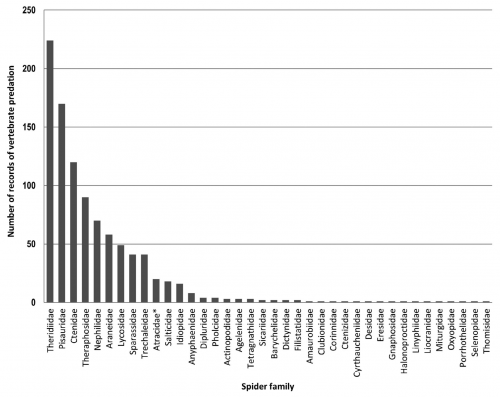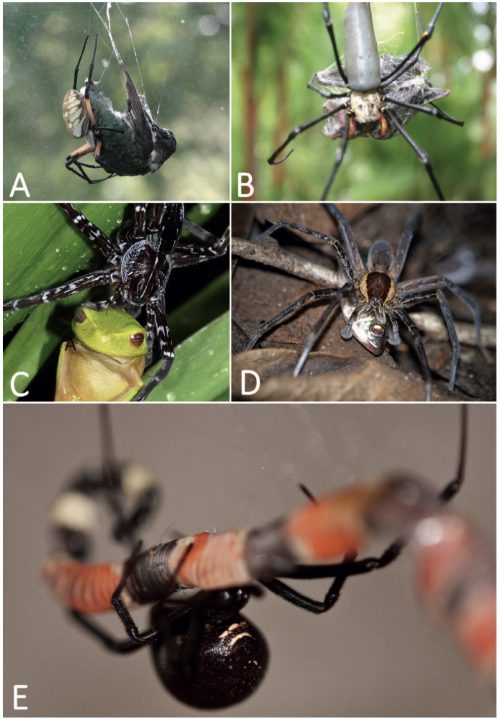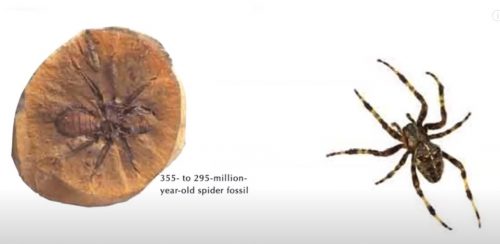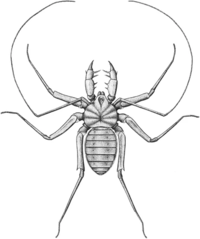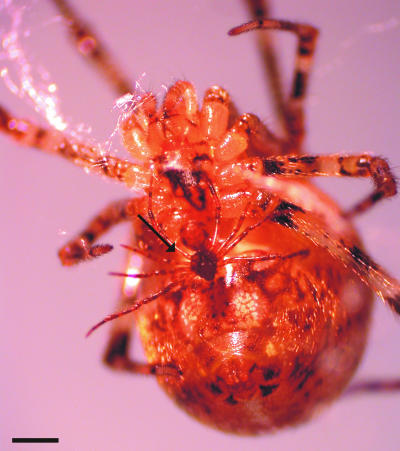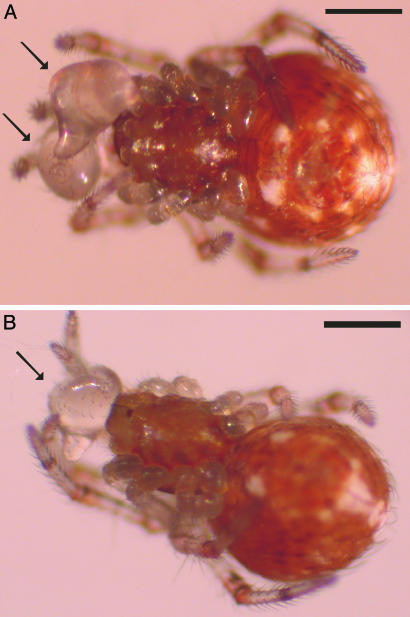My wife and I got together this morning and strolled over to the holy place — my lab. She’s been raising a few spiders of her own, and we brought them to the microscope to go “ooh” and “aah” over them and sex them. We ended up identifying 7 females and 7 males, which immediately brought to mind…
None of them were singing, fortunately, but we paired them up and set them up in nice housing with a little spritz of water and and a bunch of flies. We watched them for a bit, but unfortunately for our hopes for a little boom-chicka-wow-wow, the boys were kind of shy. We left them to a quiet night alone, and I’ll check on them in the morning. And remove any corpses, the standard service for any honeymoon suite.
The boys are all thinking about whether these are the brides for them right now.



